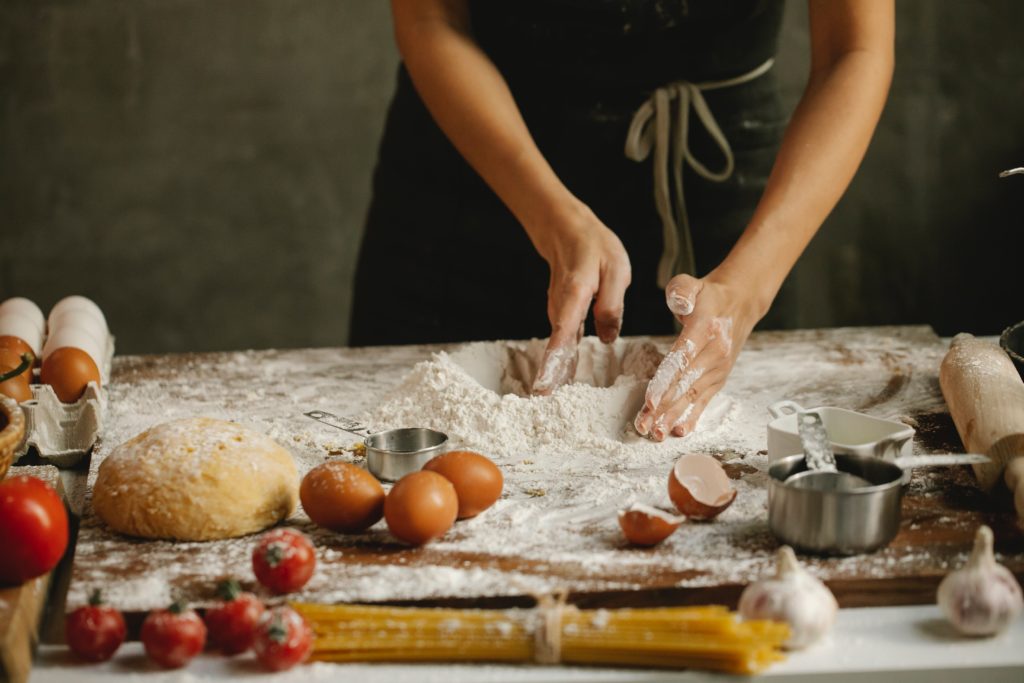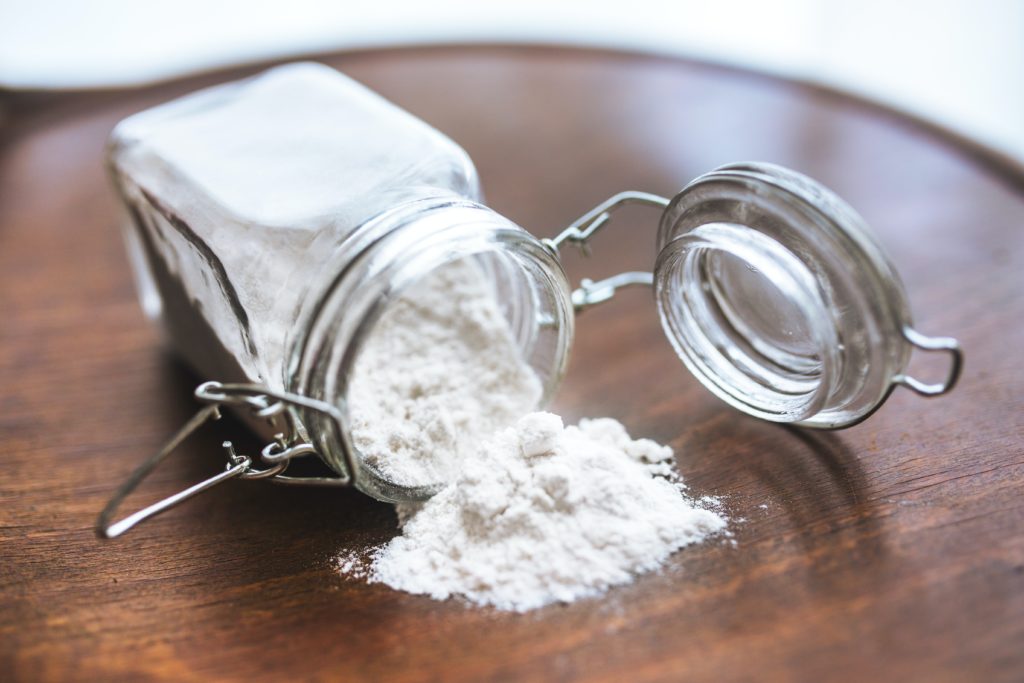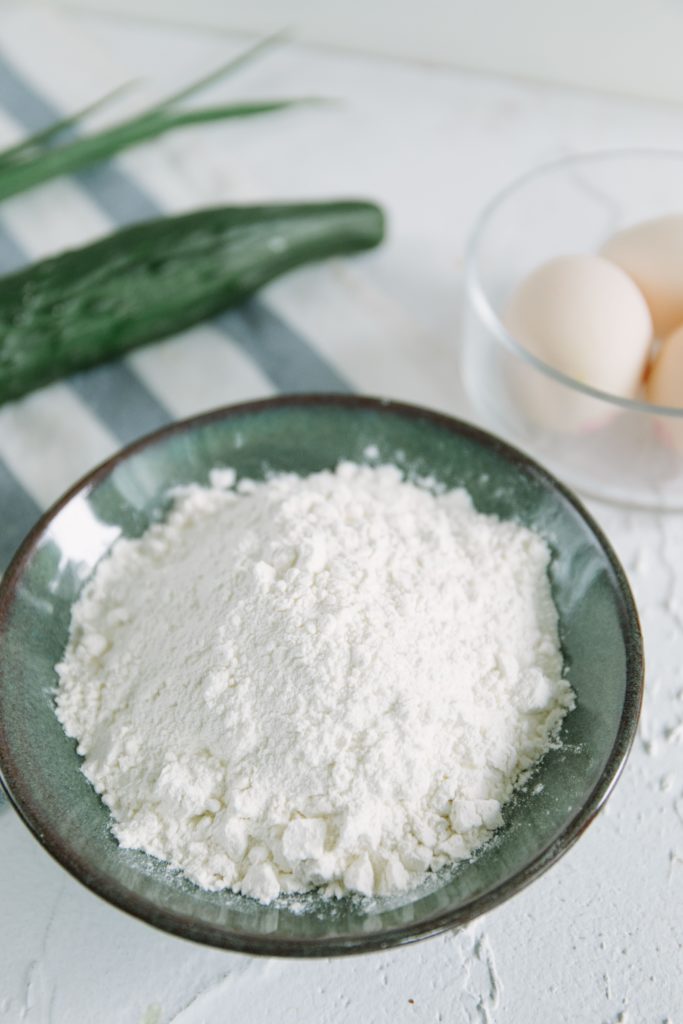
Wheat flour is the most important ingredient in the bakeshop. It provides bulk and structure to most of the baker’s products, including breads, cakes, cookies, and pastries.
Unlike the home cook who depends almost entirely on a product called all-purpose flour, the professional baker has access to a wide variety of flours with different qualities and characteristics. To select the proper flour for each product, and to handle each correctly, you need to understand the characteristics of each type of flour and how it is milled.
Wheat Varieties
The characteristics of a flour depend on the variety of wheat from which it is milled, the location where it is grown, and its growing conditions.
The most important fact the baker needs to know is that some wheats are hard and some are soft. Hard wheats contain greater quantities of the proteins called glutenin and gliadin, which together form gluten when the flour is moistened and mixed.
Gluten development, as you will learn, is one of the baker’s major concerns when mixing doughs and batters. Strong flours—that is, flours from hard wheats with high protein content— are used primarily to make breads and other yeast products. Weak flours—that is, flours from soft wheats with low protein content—are important in the production of cakes, cookies, and pastries.
Six principal classes of wheat are:

1. Hard red winter
This wheat is grown in large quantities. It has a moderately high protein content and is used primarily for bread flours. The word “red” in the name refers to the dark color of the bran and husk layers of the wheat berry, not the interior of the grain, which is white.
2. Hard red spring
This wheat has the highest protein content and is an important component of strong bread flours. It is often blended with flours from other wheat varieties to make bread flour. Flour made only from hard red spring wheat contains gluten proteins that are often too strong and difficult to stretch for making hand-shaped breads.
3. Hard white
This high-protein winter wheat is grown in small quantities for bread flours. One interesting use for this wheat is to make whole wheat flours that are lighter in color and not as strong in flavor as whole wheat flours made from red wheat.
4. Soft white
This is a low-protein wheat useful for pastries, cakes, crackers, and other products in which a softer wheat is required.
5. Soft red winter
This is another low-protein wheat used for cake and pastry flours.
6. Durum
This hard wheat is used primarily for spaghetti and other macaroni products. Different wheat varieties are grown in Europe. For example, four principal wheat strains grown in France—Recital, Scipion, Soissons, and Textel—are softer—that is, lower in protein—than most North American varieties.

